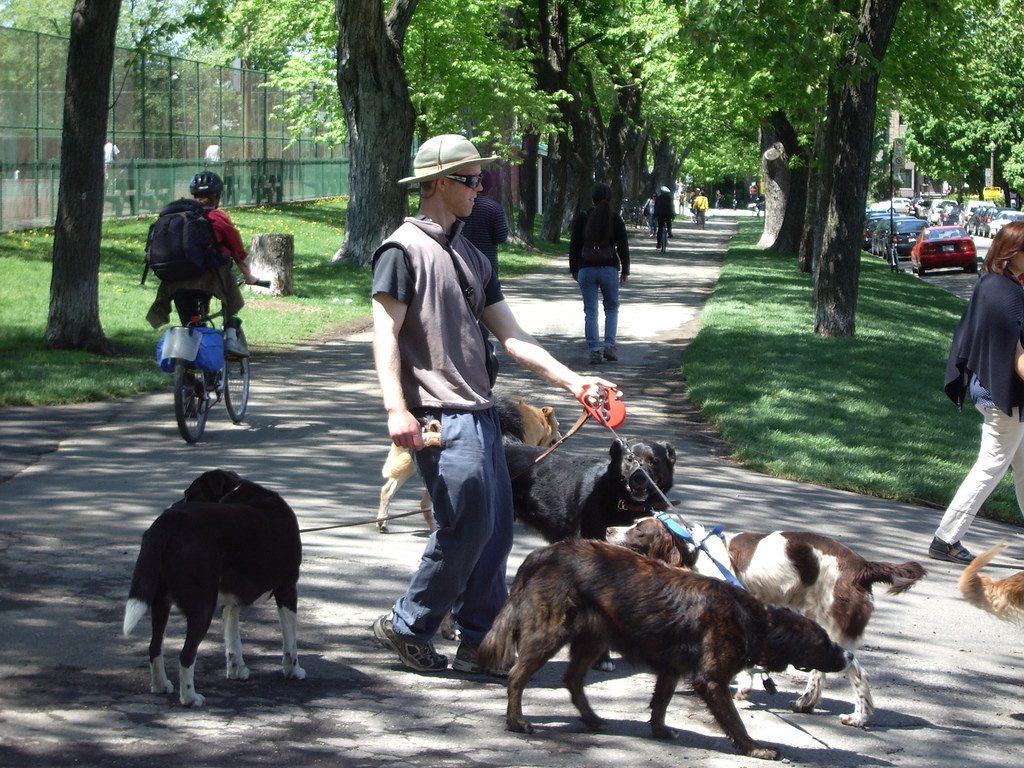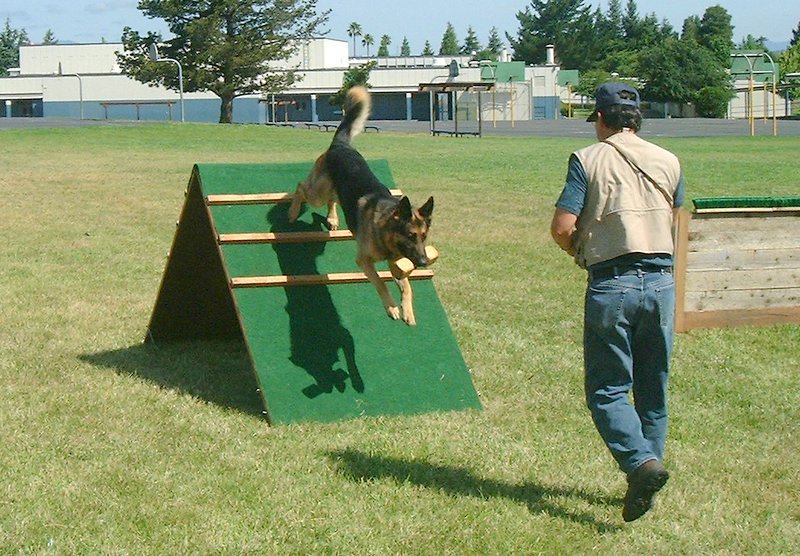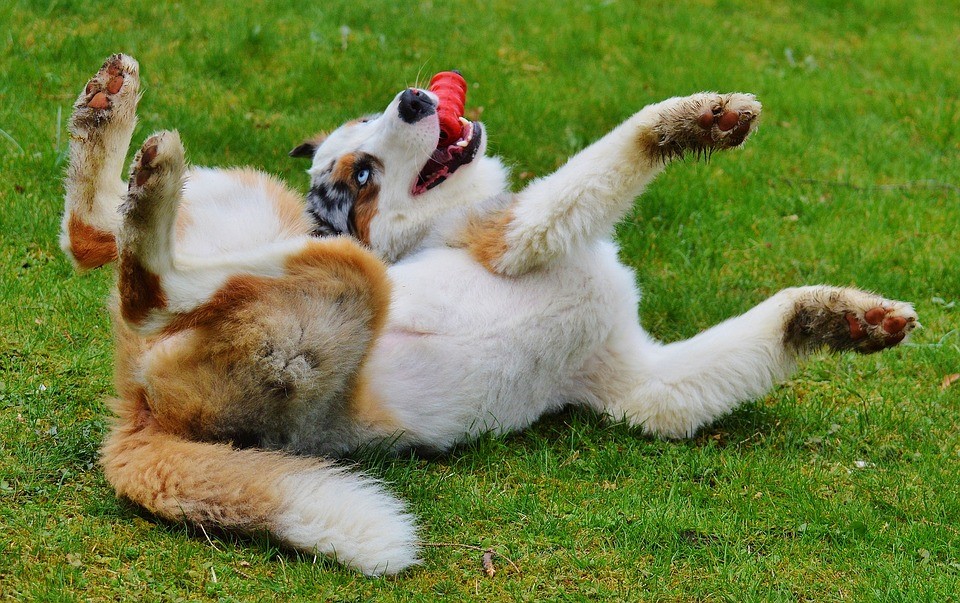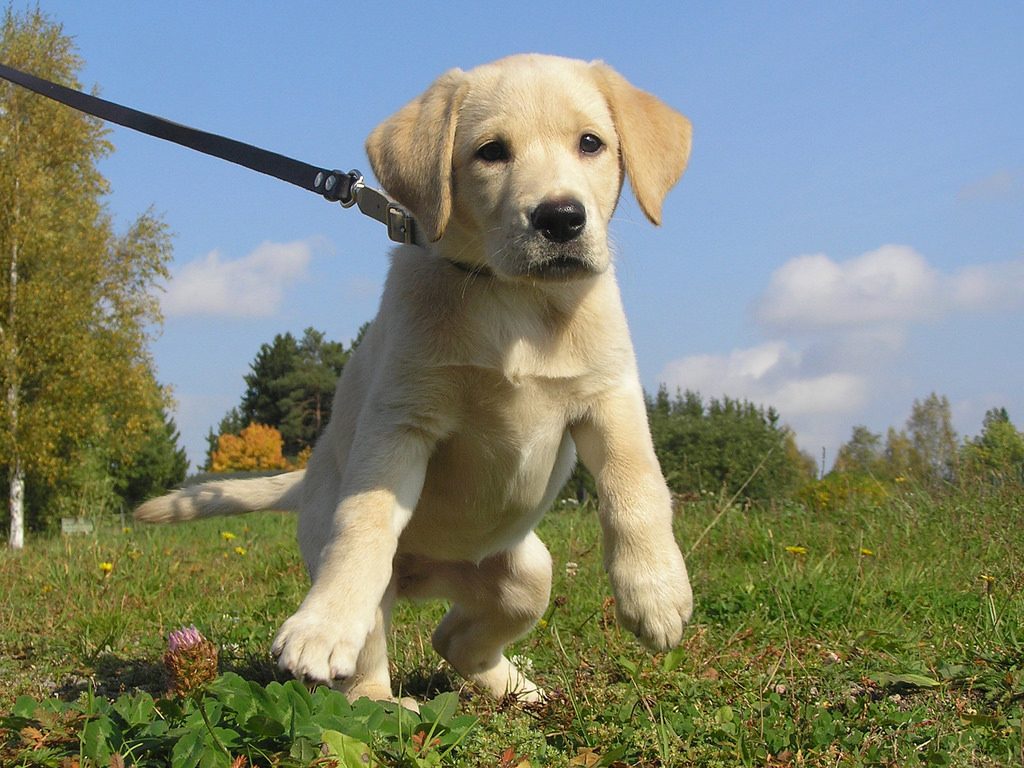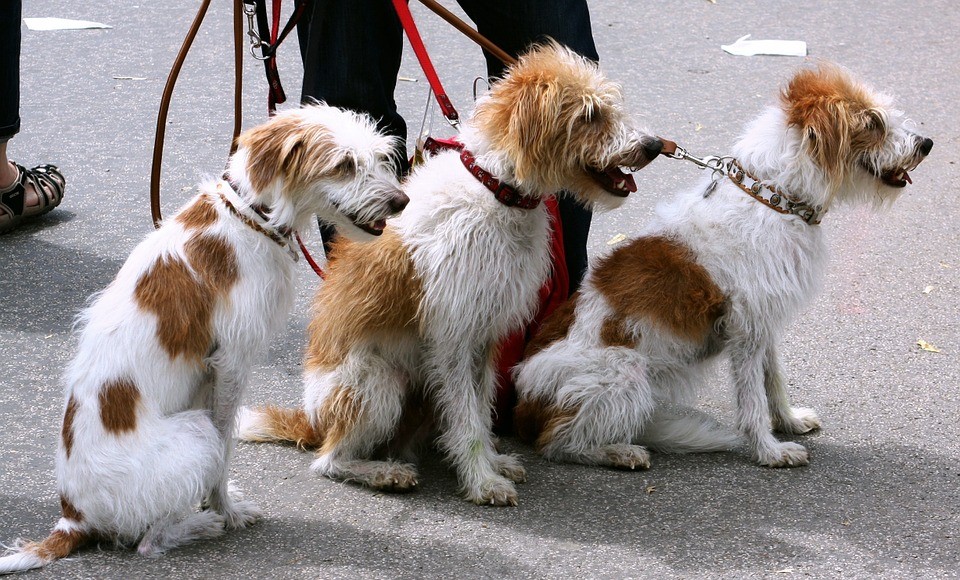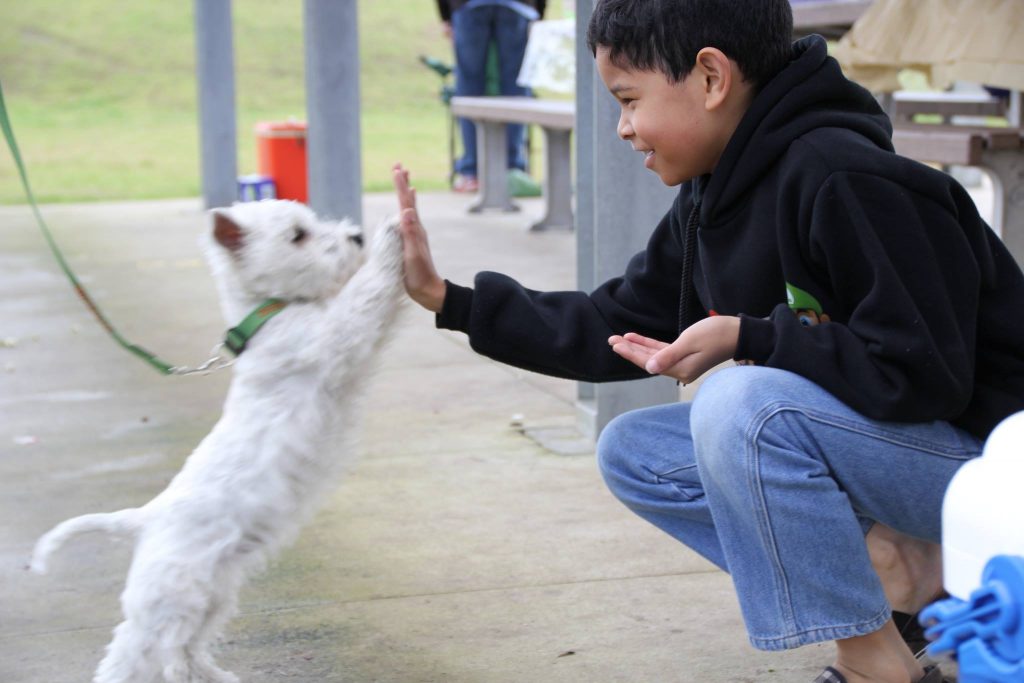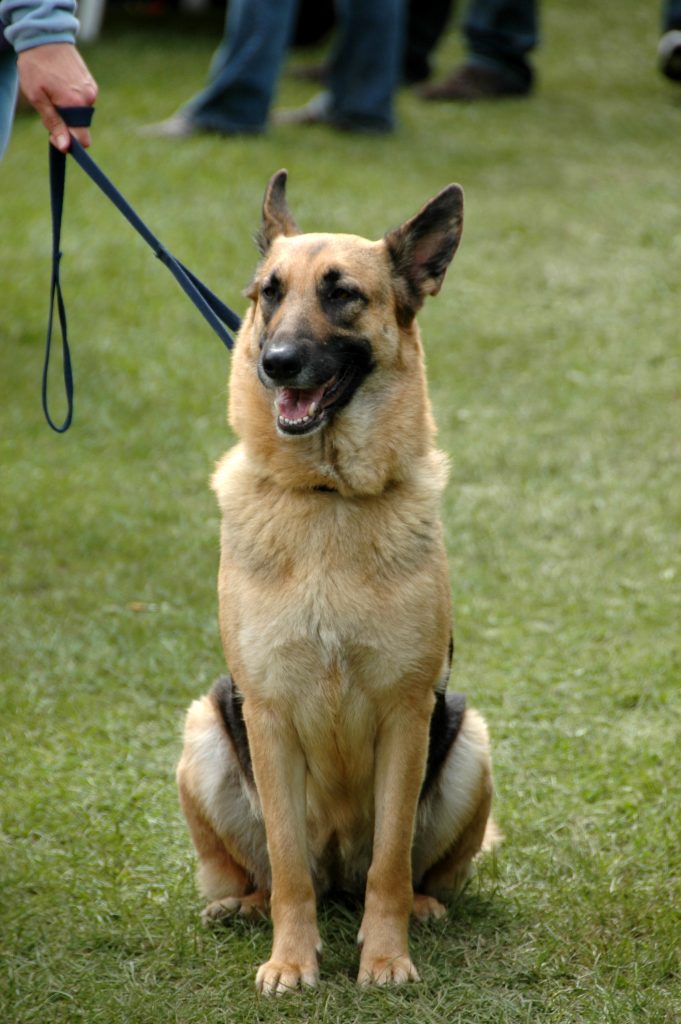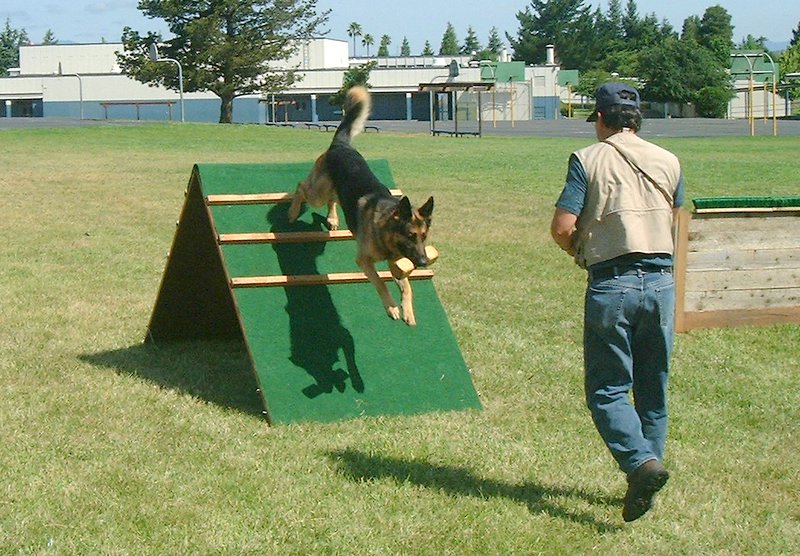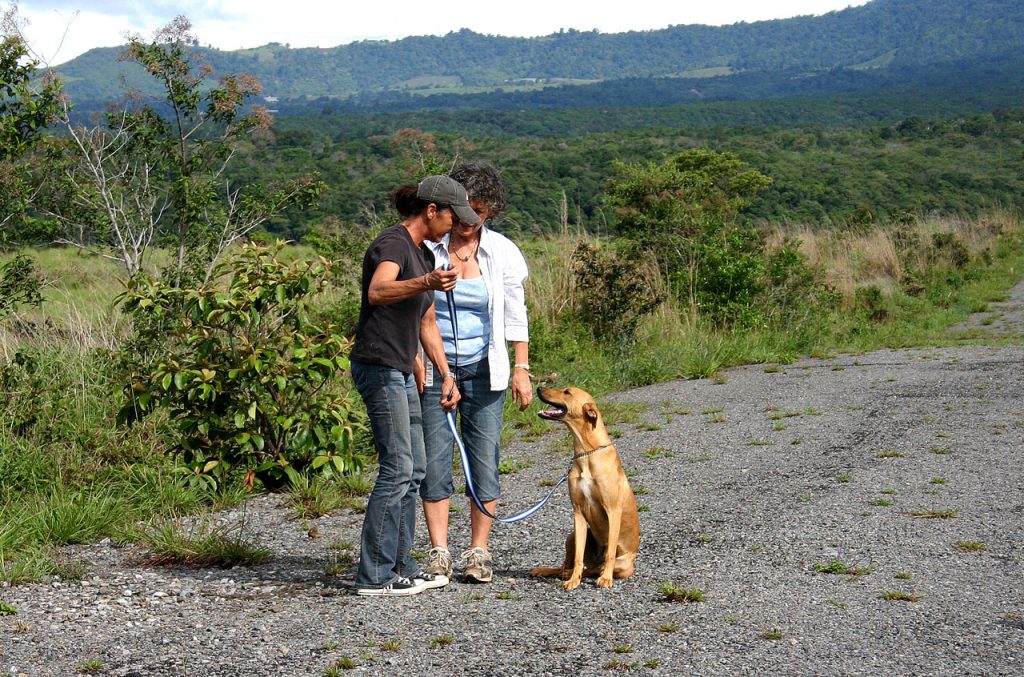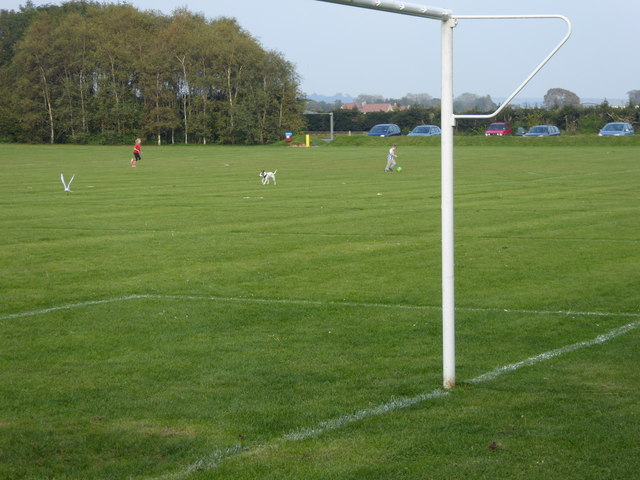Puppies can be great they are cute, cuddly and most of all they can be trained to do whatever you want. However, sometimes they can be a bit handful. What happens is that your furry friend may end up playing a game of tug of war with you, and to him it will be innocent playtime, however for you it can be a struggle to hold on to the pup, and to ensure that he doesn’t leave your side you need to invest in a good leash. I suggest that you buy one from Kustom-fit Halters, as they have some of the best designs and collections available.
You may have seen those well-behaved dogs who move side by side with their owners and happily wag their tails, but if you are reading this I think your pooch must be a bit rowdy and a nightmare to handle as he may tug and pull at his leash whenever he gets the chance. However, don’t fret there is a way with which you can train him properly and ensure that he is well behaved and obedient just like those other dogs who you see walking the streets with their owners.
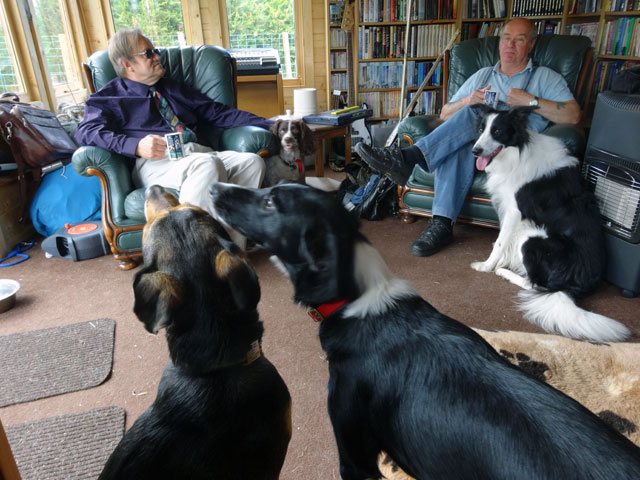
Image Credit: Mountpleasantgranary.net
Training is important and I would suggest you take out at least twenty minutes from your daily schedule to train your dog, as it is not only important for his training and development but it will also teach him the desired behavior that you want of him.
First off it’s absolutely important to not tug on his leash when he is being disobedient. What you need to do here is implement the concept of loose leash walking. Now this can be a little tricky, but if done properly it can lead to some really fruitful results.
What you need to do is rest your hands by your sides and allow the dog to take the lead and walk besides him at a gentle pace. You will notice that both you and the dog will be moving in cohesion with each other, and more often than not you will find that your dog will be inclined to listen more if you just relax a bit and ensure that he has the freedom required to move. Pulling at his leash not only can harm his neck but will also hamper is learning process as well.
Furthermore, I cannot stress on this enough “DO Not Under Any Circumstances Use Choke Chains”. This can severely damage your dog’s neck. Let the dog walk on his own pace, and encourage him to sniff around. Remember this is supposed to be a leisure activity for your dog, and letting him sniff around will only aid in his development.
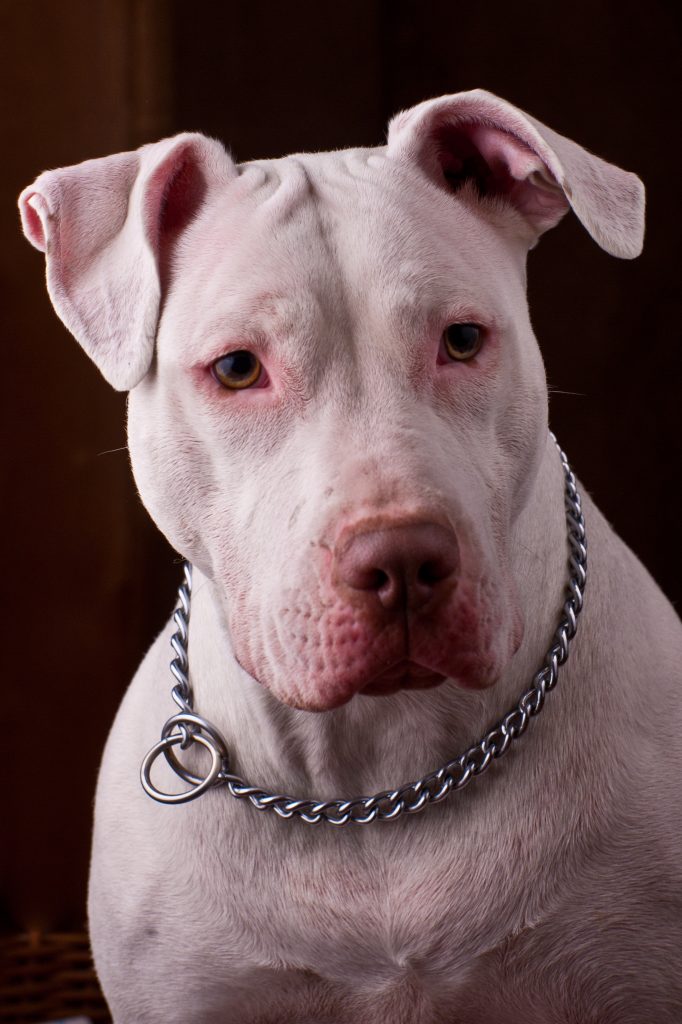
Image Credit: Wikimedia
When you feel like you have made significant progress proceed with the simplest of steps. For e.g. ask your dog to sit by your left leg. Do this in a location where you can practice comfortably, I prefer training my dog in the park, so do try doing that.
You can also try making your dog sit by saying heel, and when he does that give him a small treat, this only reinforces positive behavior, and will encourage your dog to repeat this behavior time and time again.
Enjoy your walks and allow your dog the freedom to express himself, with each positive action re-inforce his behavior by offering him a small treat.
Put this tips to good use and you will find that your dog will be more responsive towards you. Stay blessed and keep trying, cause the reward is worth it.
